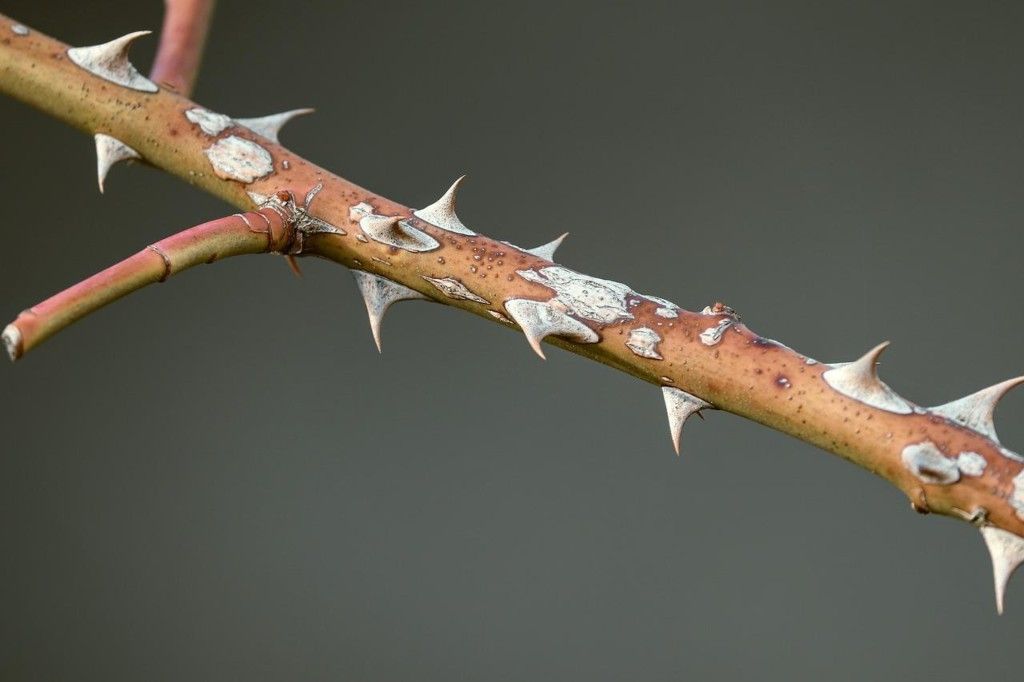Always buy disease resistant varieties of roses as well as those roses that are recommended for your particular zone and growing conditions.
Every year in early spring (when the forsythia is in bloom) prune away all of the dead or damaged canes and some of the older, thick canes of hybrid teas and grandifloras, so that new canes can replace them.
Antique varieties and ramblers that only flower once per season should be pruned back hard after they bloom, as they only flower on growth that is a year old. Prune so that the canes form a bowl shape, to provide good air circulation. As soon as temperatures are consistently over 50F in the spring, fertilize with a commercial fertilizer that includes systemic disease, fungus, and insect deterrents. Rabbit manure is also good for roses and even when fresh it will not burn them.
Always water early in the day so that the foliage dries quickly and spray once a week with fungicide and disinfect your clippers by dipping them in alcohol. Pick off Japanese beetles by hand and throw them into a jar of soapy water (one squirt of dish detergent in a jar of water). Watch for aphids, borers (prune off the damaged canes), and rose midges (remove infected growth). In very cold areas mound up soil to cover the plant's graft, before winter.
While roses take care, trial and error over time will help a gardener learn which varieties thrive best in their climate.
This is Moya Andrews, and today we focused on growing roses.










